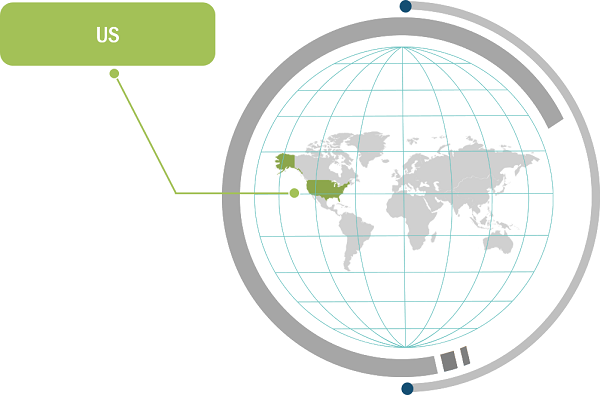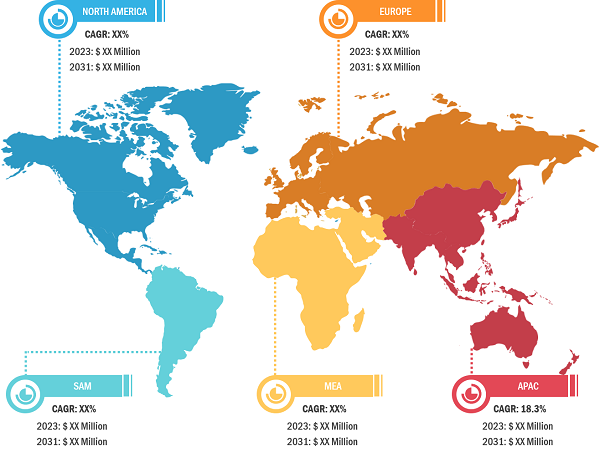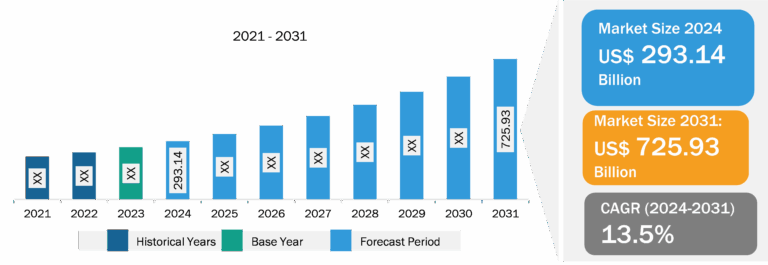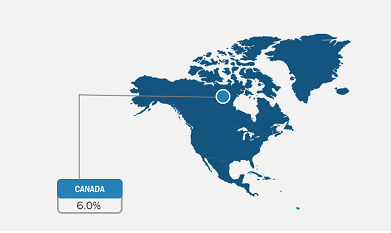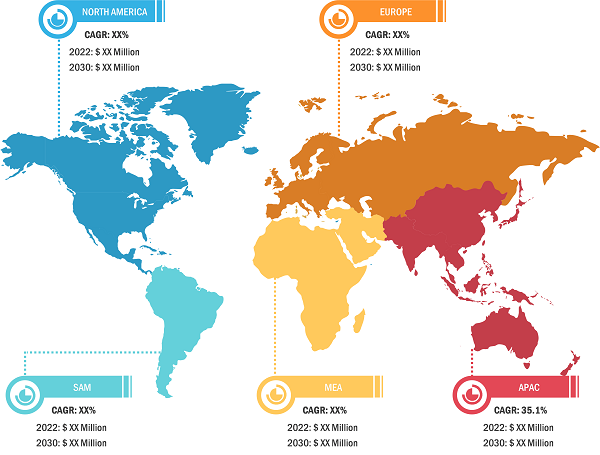
AI in Computer Vision Market
Edge Computer Vision to Fuel AI in Computer Vision Market Growth During Forecast Period
Traditionally, computer vision and Al were pure cloud solutions due to their easy scalability to increase resources and the unlimited availability of computing resources. Cloud or web computer vision solutions need to upload all images to the cloud, either using a computer vision API such as AWS Rekognition, Microsoft image recognition API (Azure Cognitive Services), Google Vision API, or Clarifai API directly. In mission-critical use cases, data unloading with a centralized cloud design is generally not possible because of technical (latency, connectivity, bandwidth, redundancy) or privacy reasons (sensitive data, security, legality) or because it is too expensive (large-scale, high-resolution, bottlenecks cause cost spikes, real-time). Hence, edge computing concepts are used to overcome the limits of the cloud; the cloud is continued to multiple connected edge devices.
Edge Al, also called on-device ML or Edge Intelligence, uses the Internet of Things (IoT) and edge computing to move machine learning from the cloud to edge devices in equal proximity to the data source, including cameras. With the enormous, still exponentially growing amount of data generated at the edge, Al is required to understand and analyze data in real time without compromising the security and privacy of visual data. Edge computing offers unique benefits, including greater security, real-time insights, and faster processing, making it an essential tool for computer vision applications. A major benefit of Edge computer vision is its facility to operate in real-time, making it well-suited to security, robotics, and surveillance applications. Therefore, edge computer vision is anticipated to be a trend for the AI in computer vision market.

AI in Computer Vision Market: Industry Overview
AI in computer vision market is segmented into component, end-use industry, and geography. Based on component, the AI in computer vision market is segmented into hardware and software. In terms of end-use industry, AI in computer vision market is segmented into security & surveillance, manufacturing, automotive, retail, sports & entertainment, and others. By geography, the AI in computer vision market is segmented into North America, Europe, Asia Pacific, the Middle East & Africa, and South America.
The global AI in computer vision market is segmented into five major regions: North America, Europe, APAC, the Middle East & Africa, and South America. In 2022, North America led the global AI in computer vision market with a substantial revenue share, followed by Europe and APAC. The AI in computer vision market in North America is segmented into the US, Canada, and Mexico. The North America AI in computer vision market is growing significantly as governments in this region are taking various initiatives to develop AI-related solutions. For instance, in February 2019, by signing Executive Order 13859, the president of the US launched the American Artificial Intelligence Initiative, the US’s national strategy for maintaining American leadership in AI. The American AI Initiative is focused on the resources of the Federal Government in the reinforcement of AI innovation that will increase prosperity, improve quality of life, and enhance national security. In the past years since the signing of the Executive Order, the US has achieved significant progress in achieving the national strategy’s objectives. The Initiative emphasizes on the following key policies and practices: invest in AI research and development, unleash AI resources, remove barriers to AI innovation, embrace trustworthy AI for government services and missions, promote an international environment supportive of American AI innovation, and train an AI-ready workforce.
AI in Computer Vision Market: Competitive Landscape and Key Developments
Advanced Micro Devices Inc., Cognex Corp., General Electric Co., Intel Corp., Microsoft Corp., Qualcomm Inc., Teledyne Technologies Inc., NVIDIA Corp., BASLER AG, and International Business Machines Corp. are among the leading players profiled in the AI in computer vision market report. Several other essential AI in computer vision market players were analyzed for a holistic view of the market and its ecosystem. The report provides detailed market insights, which help the key players strategize their market growth. A few developments are mentioned below:
- In January 2023, Microsoft announced a long-term partnership with OpenAI through a multiyear, multibillion-dollar investment to accelerate AI breakthroughs to ensure these benefits are broadly shared with the world. This includes Microsoft’s Azure OpenAI Service, which empowers developers to build cutting-edge AI applications through direct access to OpenAI models backed by Azure’s trusted, enterprise-grade capabilities and AI-optimized infrastructure and tools.
- In October 2023, Qualcomm collaborated with Zebra Technologies to demonstrate a Generative Artificial Intelligence (GenAI) large language model. Through the collaboration, the company is taking GenAI to the mobile edge on-device and applying it to areas such as voice AI, computer vision, and machine vision software powered by deep learning, as well as task and workflow software using orchestrated AI.
- In March 2023, Teledyne announced the advanced AI enhancements to its image-processing software. The company’s DALSA’s Sapera Vision Software provides field-proven image acquisition, control, image processing, and artificial intelligence functions to design, develop, and deploy high-performance machine vision applications.
- In January 2023, Visteon and Qualcomm Technologies, Inc. announced plans to expand their technological collaboration by developing a high-performance cockpit domain controller that would enable global automakers to build next-generation cockpits. Visteon’s SmartCore software and Snapdragon Cockpit work together. Platforms will allow manufacturers to provide new features and functionality in their next-generation cockpits easily. Production plans are scheduled to begin in 2025.

